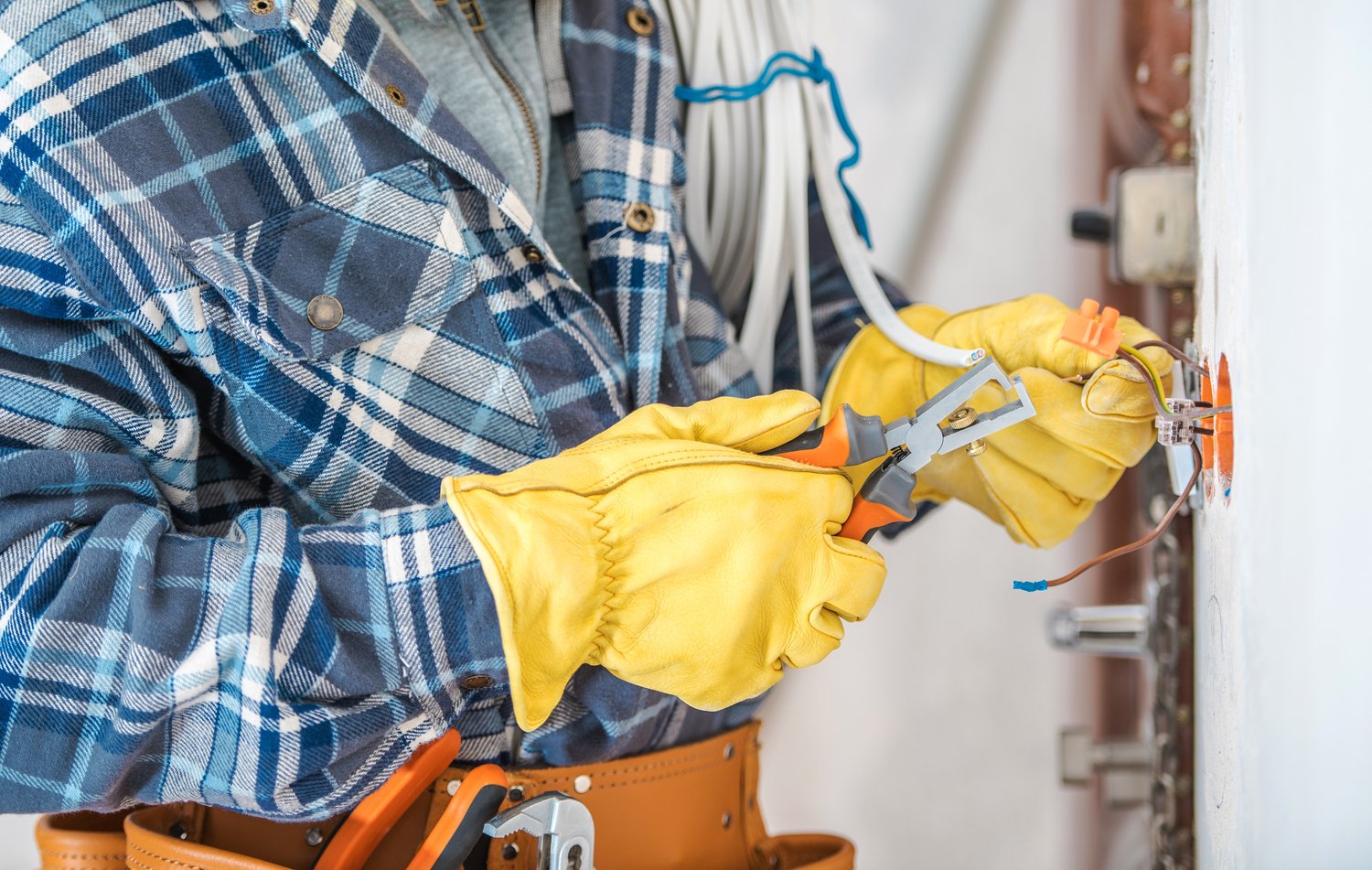French doors remain one of the most elegant and versatile door options available for homeowners, offering both beauty and functionality for interior room division and exterior access points. With their distinctive design featuring multiple glass panes, French doors allow natural light to flow between spaces while maintaining the ability to create privacy when needed. This comprehensive guide explores the various types of French doors for both interior and exterior applications, material options, style considerations, cost factors, and important installation guidelines to help you make informed decisions for your home improvement project.
Understanding French Doors: Interior vs. Exterior Applications
French doors interior exterior applications differ significantly in their construction and functionality, though they share the same iconic design aesthetic. Interior French doors are primarily designed to separate living spaces while maintaining an open feel and allowing light transmission between rooms. They typically feature thinner glass and frames as they don’t need to withstand weather elements. Exterior French doors, particularly French patio doors, are engineered with weather resistance in mind, featuring thicker glass (often double or triple-paned), robust weatherstripping, and more substantial frames to provide insulation and security. Both types serve as architectural focal points that enhance a home’s character while serving practical purposes of room division or outdoor access.
The Notable Benefits of French Doors
The benefits of French doors extend far beyond their timeless aesthetic appeal. From a practical standpoint, these doors maximize natural light infiltration, making spaces feel larger and more inviting. They create a seamless transition between indoor and outdoor living areas, perfect for entertaining or simply enjoying expanded views of gardens and landscapes. Energy efficiency is another advantage, especially with modern exterior French doors that feature advanced glazing technologies and tight seals to minimize heat transfer. The symmetrical design of French doors also offers the practical benefit of a wider opening when both doors are swung open, allowing for easier movement of furniture or increased airflow during pleasant weather. Additionally, these doors add significant value to homes, making them an investment that pays dividends in both enjoyment and property value enhancement.
Traditional French Door Styles and Contemporary Variations
Traditional French door styles typically feature multiple small rectangular glass panes separated by muntins or grilles in a pattern known as “divided lites.” This classic configuration recalls the original 17th-century French designs and works beautifully in heritage homes or traditional architectural settings. Contemporary variations have evolved to include options with larger, undivided glass panels for a more modern aesthetic, as well as hybrid designs that maintain the appearance of divided lites with removable grilles for easier cleaning. Material choices further expand style options, from painted wood for a classic look to sleek aluminum or fiberglass for contemporary settings. Customization options include various glass treatments like frosted, etched, or stained glass panels that can enhance privacy while maintaining light flow. Hardware selections from ornate brass handles to minimalist chrome fixtures provide additional opportunities to match French doors to your home’s unique character.
Material Options and Considerations
When selecting French doors, material choice significantly impacts aesthetics, durability, and maintenance requirements. Wood remains the premium traditional choice, offering natural beauty and excellent insulation, though it requires regular maintenance to prevent weather damage. Fiberglass French doors provide outstanding durability and low maintenance while convincingly mimicking wood grain patterns. Steel options offer maximum security and strength but may be less energy efficient unless properly insulated. Aluminum doors provide a sleek, contemporary look ideal for modern homes, with excellent resistance to corrosion. Vinyl French doors represent the most budget-friendly option with good insulation properties, though they may not replicate the elegance of natural materials. For exterior applications exposed to harsh weather conditions, consider composite materials that combine the aesthetic appeal of wood with enhanced durability against moisture and temperature fluctuations.
French Patio Door Cost and Budgeting Factors
French patio door cost varies widely based on several key factors. Basic vinyl or aluminum French doors start around $500-$800 for the unit alone, while premium wood or fiberglass options can range from $1,500 to $5,000 or more for high-end custom configurations. Installation typically adds $500-$1,000 to the project, though costs increase if structural modifications are needed. Understanding these price ranges helps homeowners budget appropriately while recognizing that quality materials and proper installation represent long-term value. Additional cost factors include energy-efficient glass packages, custom sizing, decorative glass options, and premium hardware selections. When comparing quotes from contractors through platforms like AskHomey, ensure they include all aspects of the project including removal of existing doors, disposal fees, finishing work, and warranty coverage to avoid unexpected expenses later in the process.
Installing French Doors: Professional vs. DIY Approaches
An installing French doors guide must acknowledge that while this project can theoretically be handled by experienced DIYers, professional installation often represents the wisest approach for most homeowners. The process involves precise measurements, potential structural adjustments, weatherproofing considerations for exterior applications, and finishing techniques that require specialized knowledge. Professional installers ensure proper operation, security, and energy efficiency while navigating building code requirements. For those determined to tackle installation independently, thorough research, specialized tools, and an extra set of hands are essential, as French doors are heavy and unwieldy during installation. The process typically includes removing existing structures, preparing and squaring the opening, installing the door unit, sealing against weather intrusion for exterior applications, adding trim and hardware, and making final adjustments for smooth operation.
For more tips and to connect with reliable home service professionals, follow AskHomey on Facebook and Instagram.



